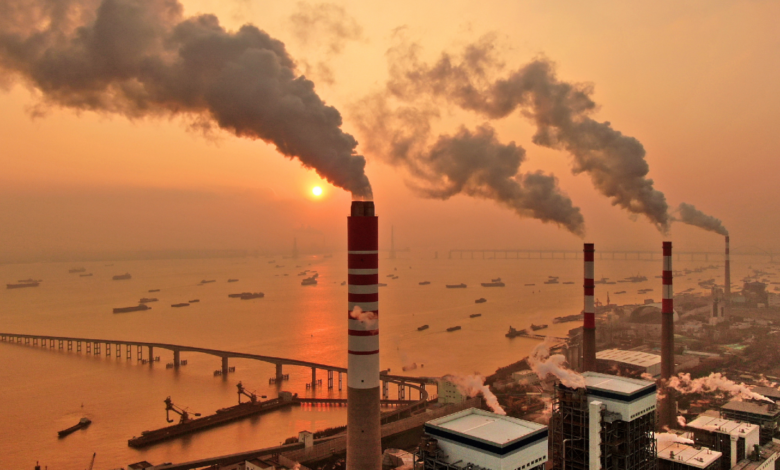Not only coal: Beijing begins to finance fewer fossil power plants abroad
A Boston University GDPC dossier on Chinese overseas fossil power plants
(sustainabilityenvironment.com) – The Chinese promise to stop financing coal-fired power plants abroad is becoming a reality. But this does not mean that Beijing’s energy diplomacy has turned green. The electricity generation plants already operational emit 245 Mt (million tons) CO2 per year. As much as countries like Spain or Thailand. And if you also consider the projects in the various stages of development, the emissive volume can increase by another 100 Mt since half of the installed capacity is from fossil power plants between coal, oil and gas.
China has just left the congress of the Communist Party that sanctioned the third historic mandate for President Xi Jinping. The Global Development Policy Center of the University of Boston does the math. The total installed capacity of electricity generation outside the country is 113.5 GW, distributed in about 650 plants in 92 countries. The plants under development have a total installed capacity of 58.1 GW.
read also China had to stop coal-fired power plants abroad. This year it built 14
Now, if you compare the existing with the plants under construction, you can clearly see that the share of fossil power plants does not tend to fall. Of these 113.5 GW, coal accounts for the largest share, accounting for 34% of overseas installed capacity financed through Chinese investments and loans. The second item on the list is hydropower (29%), then gas (18%), while combined solar and wind energy remains a meager 12%. Other energy sources (oil, nuclear, biomass, geothermal and waste) account for a total of 7%.
“Fossil fuel projects, in particular coal and gas, account for over 50% of operational capacity and this trend is expected to continue for projects currently under construction,” the report says.
Different the trend regarding the plants in planning, but not yet in the pipeline. Here the main share is represented by low-carbon ones, including 5 GW of wind and solar and 11 GW of hydropower. The additional emissions from projects already under construction, calculates from the center of the University of Boston, reach 82 Mt, while those from projects in development are about 23 Mt.






